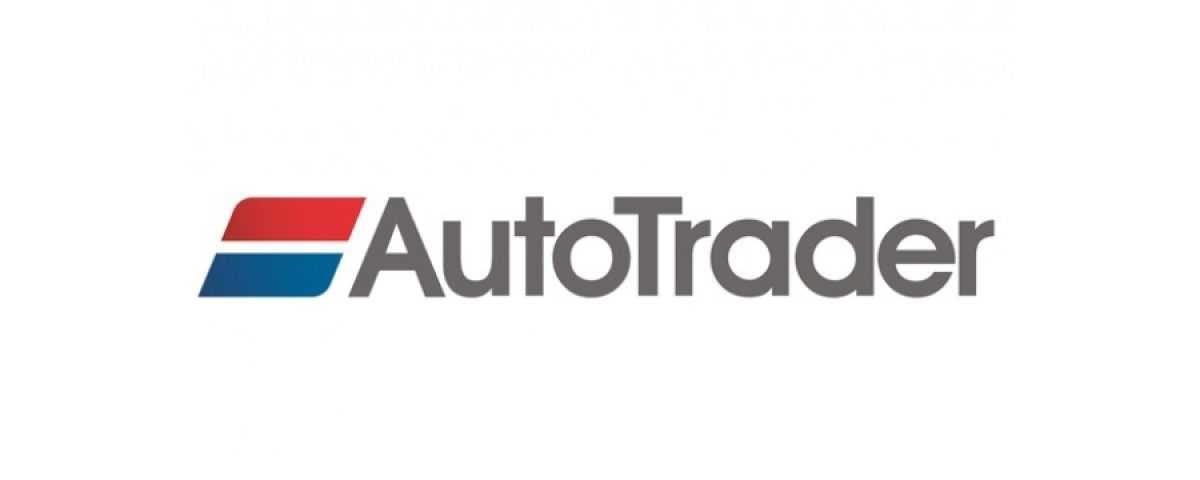
Auto Trader’s Retail Price Index has recorded the largest ever monthly price increase on its marketplace for the third consecutive month. In October, the average retail price of a used car was £14,014, which marks an 8.6% year-on-year (YoY) increase on a like-for-like basis and seven months of consecutive growth. It follows the previous YoY records of 7.6% in September, and 6.1% in August, prior to which the highest rate of growth was 5.8%, observed in July 2014.
The record price growth reflects the high level of consumer demand in the market, which remains strong, despite the 17 day ‘firebreak’ lockdown in Wales, and the newly announced national lockdown in England. In October, Auto Trader saw 61 million cross platform visits to its marketplace, which is a YoY increase of 24.6%.
This weekend saw used car leads being sent to retailers increase by 17% compared to the same time last year, indicating that the impending lockdown has not slowed buyers’ desire to purchase their next car.
October prices driven by record levels of ICE growth
The price increase see in October was driven by the exceptionally high levels of growth in both used petrol and diesel cars. Last month, the average price for a second-hand petrol car grew 9.0% YoY (£12,612), which is the highest rate of growth since February 2018 (also 9.0%).
Used diesel cars saw prices grow 8.8% (£14,899), which marks the fourth consecutive month of record price increases. Notably, the rate of growth for used diesels has doubled since July 2020 (4.1%), prior to which the highest rate of growth was 3.9% in July 2018. As highlighted in Auto Trader’s Market Insight tool, the level of demand for used diesels is not as strong as its petrol counterpart – increasing 2.8% YoY in October, versus 14.0% YoY. However, there are far fewer in the market for consumers to choose from, with the level of diesel supply dropping -13.6% on the same period last year. It represents the steepest decline in supply of any fuel type, and by some margin.
Alternatively fuelled vehicles (AFVs) also saw a positive October, recording the first price growth since February 2020, which at 0.07% (£23,301) is a more subdued rate than its ICE counterparts. Whilst pure electric vehicles (EV) recorded their tenth consecutive month of price contraction, at -2.6%, it is the lowest rate since February 2020 and a significant easing on the -4.1% decline recorded in September 2020.
Used hatchbacks and MPVs see largest sticker price growth
In October like-for-like prices continued to increase across all body types, with hatchbacks and MPVs recording the highest rate of growth, up 12.9% (£9,282) and 11.0% (£9,738) respectively. In terms of demand, SUVs continue to experience the highest levels, recording a YoY increase of 18.1%, whilst supply fell -6.6%. The average sticker price of an SUV was £19,367 last month, representing a like-for-like increase of 4.9% on October 2019.
Like-for-like prices continued to show strong growth across all age groups in October, with those aged between 10-15 years recording the highest rate at 15.7% (£4,382). However, the same age group saw a notable dip in demand from September, falling from 12.1% YoY growth to a comparatively conservative 3.2% last month.
Both premium and volume brands saw average prices grow in October, increasing 7.4% (£20,996) and 12.6% (£9,261) respectively. Demand growth remains positive for both but has fallen month-on-month, dropping from 18.2% for premium and 13.9% for volume in September, to 10.8% and 5.9% in October. Change in supply continues to remain negative for both at -5.8% YoY for premium and 6.1% for volume.
Commenting on the results, Auto Trader’s director of data and insight, Richard Walker, said: “The introduction of the second national lockdown in England and the 17-day firebreak in Wales is disappointing for us all, but not surprising given news over the last few weeks. Fortunately, businesses are far better prepared than they were in March and despite the restrictions, our data suggests consumer demand remains strong. As we stressed during the original lockdown, retailers should avoid the temptation to slash their prices in order to entice car buyers, as it simply isn’t necessary and could have a lasting negative impact on the market.”
Sue Robinson, NFDA Chief Executive, added: “It is encouraging to see that average asking prices saw an increase in October demonstrating that consumer demand for used cars remains healthy, in particular, for petrol and diesel vehicles. Despite the introduction of new restrictions, dealers have been receiving high volumes of online enquiries and this is likely to continue over the coming weeks”.
Retailer pricing behaviour
According to Auto Trader, during the lockdown period the number of retailers making price changes and the value of price adjustments was significantly lower than normal trading conditions. Whilst the number of retailers making price changes has increased, it remains lower than pre-COVID levels. In October, the average number of retailers making daily price changes was 1,971; 20% fewer than in October 2019 (2,467), and 9% fewer than September 2020 (2,164) The average amount being changed on a daily basis was £277, which was a 16% decline on the same time last year (£320).
AUTO TRADER ANNOUNCES NEW SUPPORT MEASURES FOR RETAILERS
Auto Trader has announced that following the latest wave of lockdown restrictions in England and Wales, the marketplace is providing its advertising packages for free for the month of December and an extension to its payment terms by one month for its November services.
